The seller described this photo as "Chinese Barber H. Kong 1920s". Let's take a closer look to see if they're right.
Who: I agree we're looking at a Chinese barber with his customer.
The barber worked on the street, using a shoulder pole to carry his equipment from place to place. On one end of the pole he'd hang the stool the customer is currently sitting on, and on the other he'd hang what looks like a zinc bucket on a wooden frame.
What: The customer's head and face look smooth and shiny, as though he's just been given a shave.
But looking at what the barber is holding, he's moved on from cutting hair or shaving beards to offer a different service.
He's holding tweezers (a), and a small brush plus what looks like a scoop (b). Those are for later, but right now he's using another tool (c), delving into the customer's ear. So at this point the barber is cleaning out the customer's ears, removing any ear wax he can find.
Where: I don't recognise the building in the background as an old Hong Kong building, so I think it's more likely a scene from mainland China.
If you can recognise the location, please leave a comment below to let us know.
I doubt the seller was trying to mislead us with "H. Kong", though. The caption may well have come from the original owner, who could have bought the photo here in Hong Kong. As we'll see in a moment, the photo comes from a commercial postcard, and we've seen other scenes from the mainland used on old postcards that were sold in Hong Kong. As this type of ear-cleaning happened here in Hong Kong too, a tourist could easily assume the photo had been taken locally, and have noted that down in their photo album.
When: The men don't have their hair in the long braid known as a queue, so the photo was taken sometime after the 1911 Revolution. Let's see if the back of the photo has any more clues.
So we can see this was printed on Azo photographic paper, for sale as a postcard. The paper's stamp box has a square in each corner:
Other collectors say this design has been seen on postcards produced between 1926 and 1943.
With those clues, and the fact that the barber's clothes don't look out of place, the 1920s date is believable.
I'd describe the scene as:
1920s Street barber cleaning customer's ears in China.
Ear-cleaning today: The most recent mention I can find of it happening in Hong Kong is an SCMP article from 2001. It noted that although ear-cleaning was still popular into the 1970s, the service was dying out as the practitioners grew older and stopped working. By 2001 just one master of the skill remained in active service, but he was already 80 years old. He has surely retired since then, so have any others taken his place, or has ear-cleaning vanished from Hong Kong?
You can still find it on the mainland: recent videos show it is easy to find in Chengdu, and is on the to-do list of many modern tourists.
If you do decide to give it a try, look for someone who will give you their full and undivided attention. I'm not sure our barber would have made the grade, as he's definitely more interested in something happening away to the right!
I'd like to visit Chengdu, but I'll be following that wise old piece of advice: never put anything smaller than your elbow into your ear. I'll give the ear-cleaning a miss.
More old photos and their stories: This is one of the photos I'll be showing at my talk next Saturday, 11 March. It's from a part of the talk where we look at some of the people and jobs we'd see in early twentieth-century Hong Kong. It'll be great to see you there if you're free on the 11th - click here for details and booking.
Gwulo photo ID: ER009
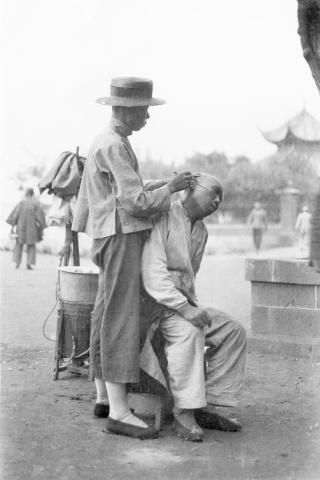
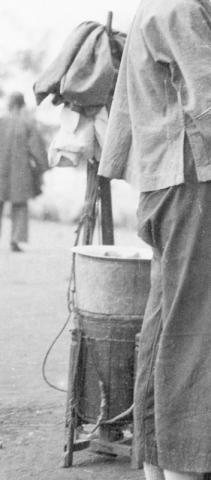
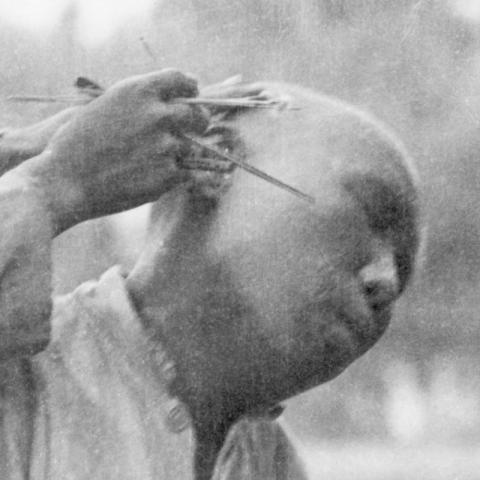
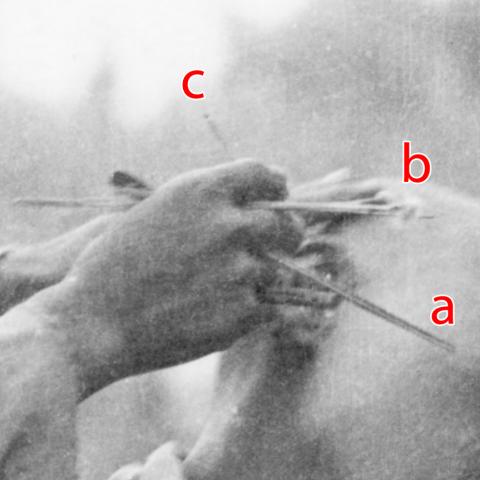
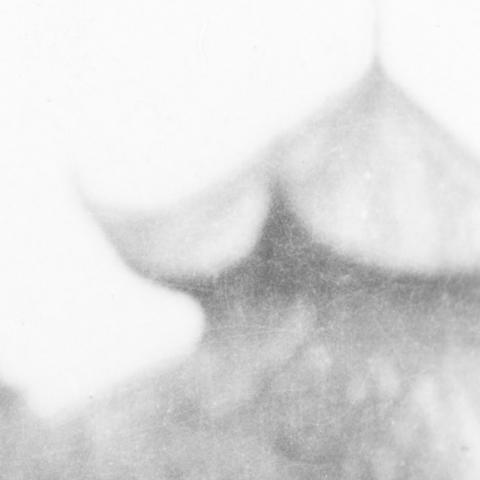
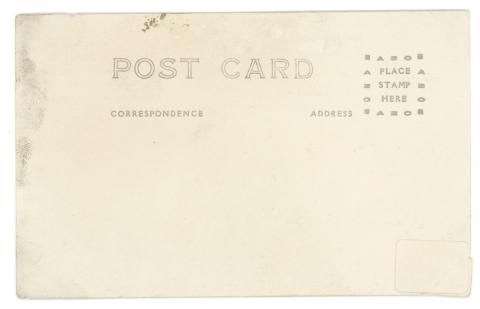
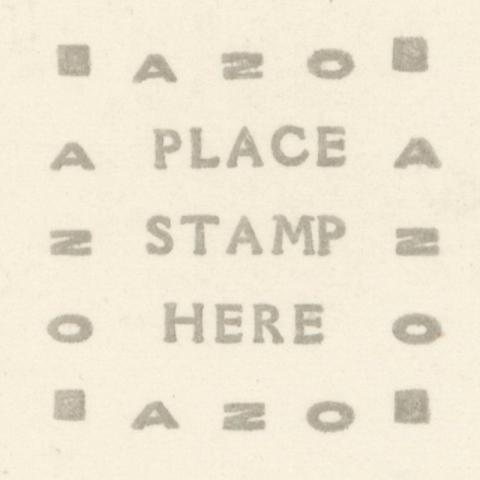

Comments
Probably mainland China,…
Probably mainland China, compare this photo from the 1910s or 1920s, purchased by a French traveller in Beijing in 1921.
Ear wax
Europeans have oily ear wax, Chinese have 2 kinds of ear waxes - either oily or dry.
ear wax
"Europeans have oily ear wax"
Well, there's a racial stereotype I can debunk straight away.
Ear wax types & distribution
ear wax
i guess I'm one of the lucky/unlucky* ones
*delete as appropriate
Re: ear cleaning
Hi There,
There is actually a proper term for that in Chinese: 採耳. Pronounced as Choi Yi in Cantonese. Choi, in this case there is no direct translation, but it is a verb alright. A similar meaning as in 'mining', literally and much exagerated.
You are at the mercy of the operator though as if he is careless, grate harm could be done to the customer. Usual tools involved as I have seen it when I was a kid, other than those brush like things, are minute metal scoops. There are still street hawkers selling these tools on the screen in the 1980's.
If you use "採耳工具" with Google Search and select 'images', you should be able to find a truck load of morden equivalents, as well as traditional items.
T
Chinese Barber
An extract from the book The Chinese Empire Illustrated 1858 with sketches by Thomas Allom regarding the Chinese Barber:
"The ancient Chinese wore the hair long, a practice the aborigines of most countries are observed to follow, they were obliged, as a badge of servitude, to shave the head, with the exception of a single tuft upon the crown, that renders baldness visible. Not only the head but the whole face is to be passed under the razor, so that no Chineseman can perform this indispensable ceremony for himself-hence an additional necessity for an enlarged number of operators. (Barbers) But, shaving is a less scientific part of a barbers vocation than shampooing or ear cleaning, a custom practiced in many Eastern countries. Instruments employed: the application of a brush, resembling the globular flower of the acacia, succeeds that of the ear-spoon, a thin slip of horn, and lastly comes the tweezers and the syringe".
Chinese Barber
Another description of the Chinese Barber By J. Thomson in the book Illustration of China and its People 1874:
"The itinerant barber, a man who performs a variety of professional operations on the organs of sense. He is not a surgeon as was the case of old Europe, but he must possess a delicate acquaintance with each of the gateways of knowledge situated in the human head. To shave the sconce and leave the usual disc of hair at the back supporting the tail is the rudest of his achievements. Besides this, he has to trim the eyebrows, cheeks, and chin, to remove refractory hairs from the nostrils and ears, and to tickle the tympanum so as to open a free highway for the enchanting noises of Flowery Land. The little cabinet upon which this gentleman seats his clients contains four drawers. The upper one holds his earnings, the next receives his tiny instruments, and in the third perhaps a dozen razors are to be found, whereof each in its day has has reaped acres of Celestial pates. The lowest drawer contains his towels, combs, and brushes, while on his left he has a water basin, with a small furnace of charcoal beneath. The two remaining figures on the right represent a wood-turner and his customer. The latter is examining the make and finish of a wooden ladle".